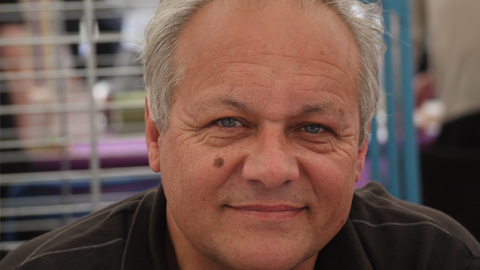Astrophysicist Jean-Pierre Luminet to talk at the Institute of Space Sciences

23/05/2016
Jean-Pierre Luminet is research director of the French National Centre for Scientific Research (CNRS) and member of the Astrophysics Laboratory of Marseilles, and an expert renowned for his works in cosmology and relativistic gravitation. He is author of the "wrinkled universe" theory and has published articles in scientific journals such as Nature. At the same time, Jean-Pierre Luminet is also highly active in the artistic and literary realms, as a poet, novelist and scientific journalist.
At the Institute of Space Sciences, located on the UAB campus, Jean-Pierre Luminet will offer a conference in English on recent discoveries about black holes. According to the astrophysicist, black holes are the most fascinating objects of modern astrophysics, which appear as a natural consequence of general relativity and provide a powerful tool with which to examine macroscopic and microscopic properties of the universe. During the conference he will touch upon the basic concepts of the black hole theory, including unanswered questions such as the paradox of information, the holographic hypothesis and the fundamental role played by quantum black holes in the construction of quantum gravity theories. Following that, he will summarise ways directly and indirectly to observe black holes, with emphasis on the recent detection of gravitational waves and future perspectives of angular high resolution telescopes to capture the silhouette of the massive galactic black hole.
The conference, which includes the collaboration of the French Institute of Barcelona, is open to all members of the UAB community and particularly to graduate students. Places are limited however.
More information can be found at the ICE website.